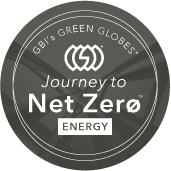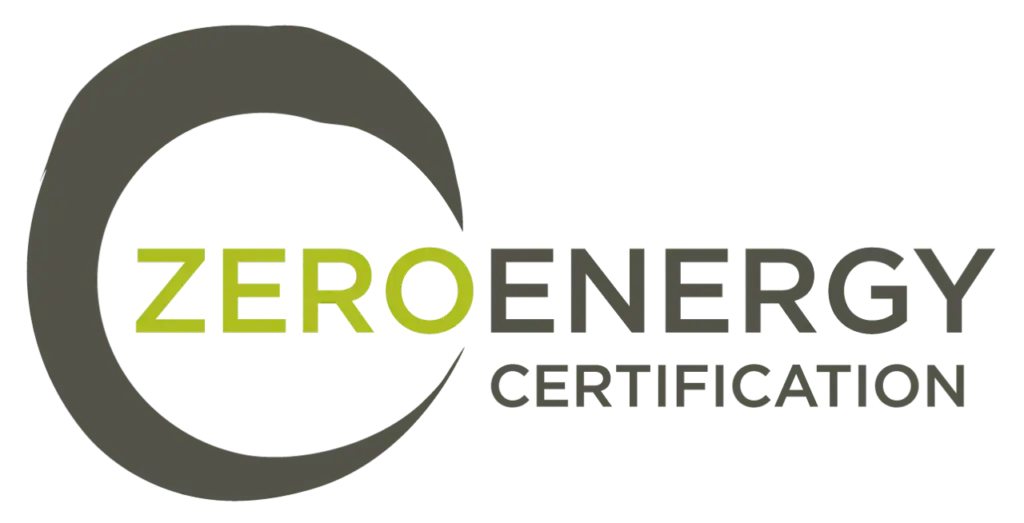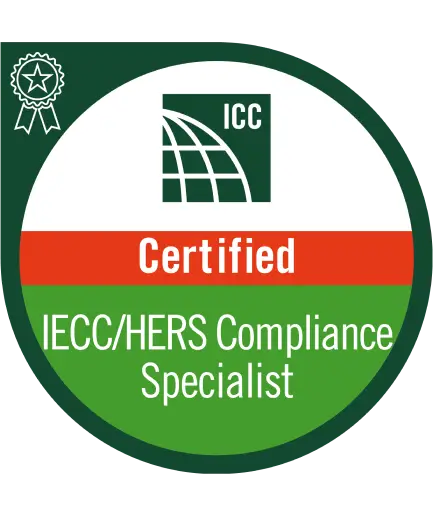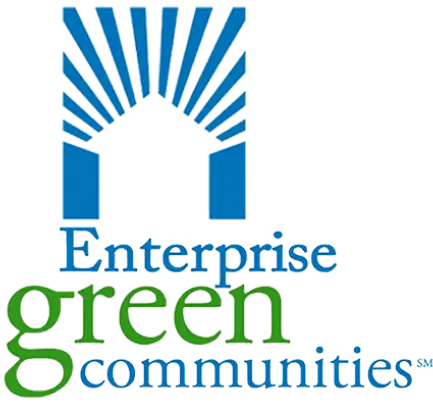
LEED® Certification
LEED is the most widely used green building rating system in the world. Available for virtually all building types, LEED provides a framework for healthy, highly efficient, and cost-saving green buildings. LEED certification is a globally recognized symbol of sustainability achievement and leadership.

Green Globes for New Construction
Green Globes is a comprehensive, science-based building rating system that supports a wide range of new construction and existing building project types. Designed to allow building owners and managers to select which sustainability features best fit their building and occupants, Green Globes certifies projects that meet at least 35% of the 1,000 points deemed applicable to the project. Our custom-tailored approach helps you produce the most sustainable outcomes based on your building’s type and purpose. The Green Globes user-friendly software allows project teams to import and monitor performance for individual buildings through entire portfolios.

Green Globes Journey to Net Zero
This certification promotes decarbonization in the built environment. It encourages and enables real estate owners to consider the impact their structures have on the environment, and how thoughtful changes can reduce site EUI or CO2e. Once a property has reached a 100% reduction in one of the aforementioned, only then is certification achieved.

ILFI Living Building Challenge (LBC)
This certification program “provides a framework for designing, constructing, and improving the symbiotic relationships between people and all aspects of the built and natural environments.” The LBC involves seven performance areas, or petals, that must be met to qualify. The petals include place, water, energy, health & happiness, materials, equity, and beauty.

ILFI Zero Energy®
Developed by the International Living Future Institute, the ILFI Zero Energy Certification focuses on creating buildings that meet their energy needs with non-combustible, on-site, renewable energy sources.

ENERGY STAR®
ENERGY STAR-certified buildings save energy, save money, and help protect the environment by generating fewer greenhouse gas emissions than typical buildings. To be certified as ENERGY STAR, a building must meet strict energy performance standards set by EPA.
Specifically, to be eligible for ENERGY STAR certification, a building must earn an ENERGY STAR score of 75 or higher on EPA’s 1 – 100 scale, indicating that it performs better than at least 75 percent of similar buildings nationwide. This 1 – 100 ENERGY STAR score is based on the actual, measured energy use of a building and is calculated within EPA’s ENERGY STAR Portfolio Manager tool. The score accounts for differences in operating conditions, regional weather data, and other important considerations.
Certification is given on an annual basis, so a building must maintain its high performance to be certified year to year. A licensed Professional Engineer (PE) or Registered Architect (RA) must verify the information submitted in the certification application to be eligible for approval.

ENERGY Star Multifamily New Construction (MFNC)
There are three options for earning the ENERGY STAR multifamily new construction certification:
- ERI Path
- ASHRAE Path
- Prescriptive Path
Whichever path is used, there are strict, minimum mandatory requirements that must be met to earn the certification.

HERS Rating Certification
Those who qualify for Home Energy Rating System (HERS) certification have met nationally set standards for a home’s energy performance.

Enterprise Green Communities
This is the first national framework for green housing that is also affordable. As a non-profit, Enterprise sets standards for the design, construction, and operation of single-family and multi-family dwellings. Partnering with Enterprise means partnering with 42 years of experience in creating affordable housing and upward mobility.